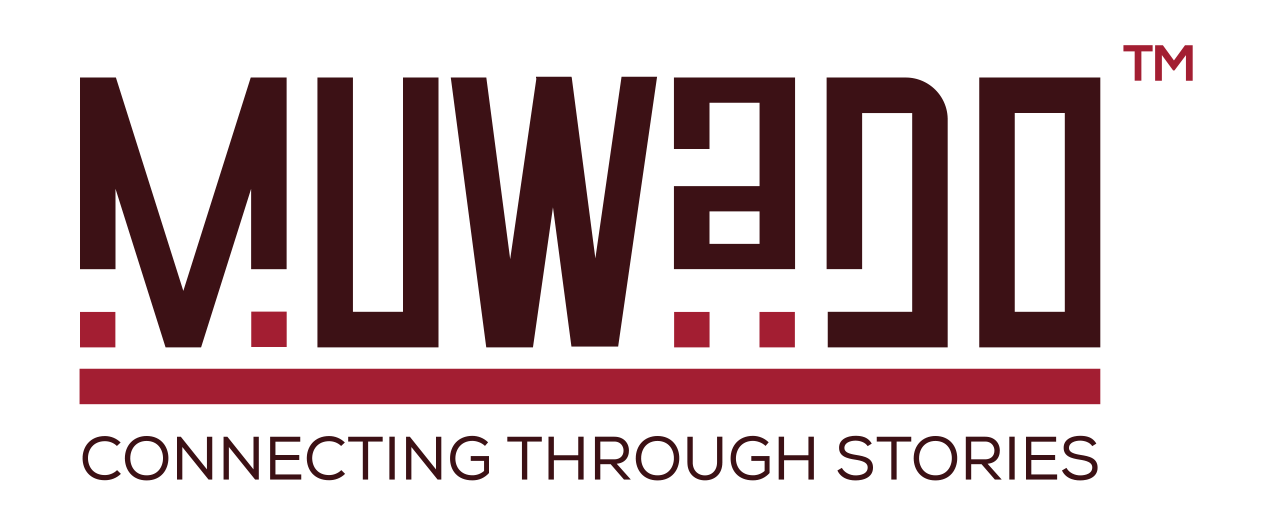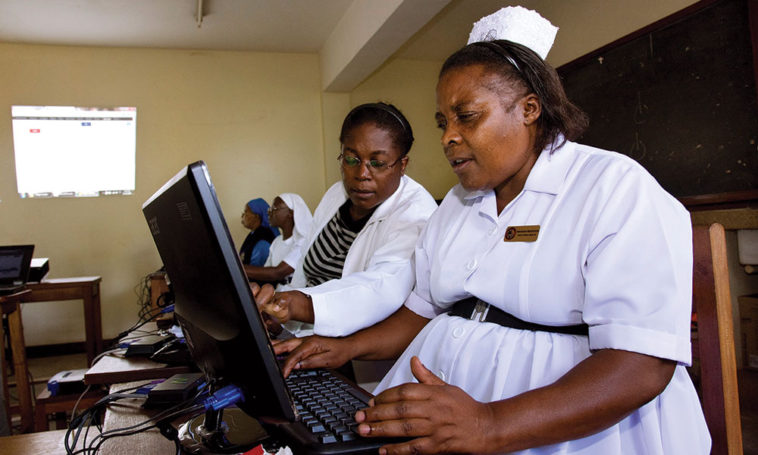In 2015 BC (Before Corona), I learned about Kingdon’s streams (problem, politics and policy) uniting in a window of opportunity, for policy success. The COVID-19 pandemic has presented an opportunity for us to pass new policies to improve healthcare in Uganda.
Here are 10 things we should do now to improve healthcare in Uganda:
1. Optimal Resource Usage and Strengthening Capacity of Health Facilities
We should retain our structure of decentralized health facilities, emphasize optimization of available resources, add more facilities to match demand, and ensure the facilities are well-staffed and equipped.
The system of referrals should be clear and strictly adhered to; particularly, the health centre 1’s and 2’s which are the first points of contact for most Ugandans. These facilities should exist in every village or parish in the country to decrease healthcare access delays and provide adequate primary health care (PHC). Village Health Teams should visit homes regularly and even text or call people to ensure communities maintain good health practices. Good PHC results in better health outcomes and focuses on prevention rather than cure.
Our district hospitals, regional referral hospitals and national referral hospitals should handle more complex cases, such as neurosurgery. Patient outcomes are better at facilities that handle higher volumes of complex cases because practice makes perfect.
2. Health Insurance
We need national health insurance. If COVID-19 has not shown you how flimsy your savings are, try a serious chronic illness. The scheme does not have to be perfect initially, but the government should gradually cover the entire population over time as collections increase.
3. Emergency Care
An efficient emergency care and response system would lower our mortality rates due to accidents and trauma. Well-staffed and equipped Trauma centres should be attached to the larger district, regional and national referral hospitals with greater capacity for handling complex cases to improve survival outcomes.
4. Telemedicine
Our health facilities should use telemedicine to unburden the facilities by treating certain patients remotely.
5. Payment of Health professionals
Compensate our health professionals fairly. There are several payment schemes to explore, such as fee-for-service and capitation. No scheme is perfect, but with careful monitoring and evaluation, a compromise can be reached that optimizes patient outcomes, worker motivation and efficiency.
6. Training and Placement
Improve the training of all our health professionals and place them in facilities where they can refine their skills. Skilled health staff such as nurses improve patient care and overall facility efficiency.
7. Electronic Medical Records (EMR)
Imagine this: all health facilities in the country use one EMR system. The private facilities might opt out, but there is a provision for the facilities to communicate when necessary. When Sandra visits Kamwokya clinic, a digital file is created for her with a unique identifying number. Sandra’s file contains her patient history and is encrypted to protect her privacy. Sandra can access her records any time using her password and whenever Sandra needs to consult a new physician, she grants the physician access to her records. Sandra can also securely grant the health facility access to her records for research. In case of an emergency, someone calls the emergency hotline and the response team arrives with blood in Sandra’s blood type if she needs it. The EMR is dynamic and allows several integrations so that anyone can grant access to their records via USSD on their phone and view some test results offline.
An EMR system can build research capacity, improve efficiency and save lives. EMR and data science can identify disease hotspots, perform accurate surveillance, make predictions on disease outbreaks and use artificial intelligence for diagnoses.
8. Health Innovation Hubs
The COVID-19 pandemic has proven digital health can work in Uganda. There are several innovations in healthcare happening in silos via institutions such as Resilient Africa Network (RAN) but scale is a challenge. The ministry of health should operationalize hubs where innovations in healthcare can be catalysed, vetted for feasibility in our context and then scaled nationwide.
9. Research and Data Science
Increase reliance on research to influence decision making, constantly monitor efficiency metrics to identify which parts of the healthcare system are overloaded and use data science and input from the relevant stakeholders to improve.
10. Resource Mobilization
Executing these ideas requires money:
- Widen the tax base, improve the collection process and win the trust of the citizenry, but remember over-reliance on taxation is intellectually lazy and often regressive.
- Research and data can be used to win grants to fund healthcare.
- The government can negotiate revenue shares with the healthcare innovators in exchange for support in scaling inventions.
- Our higher tier health facilities can provide VIP services for the wealthy at premium prices and reinvest the surplus income in the health facilities
- Government can partner with development agencies to create specialized bonds to fund healthcare, like what the International Finance Facility for Immunization (IFFIm) does with vaccine bonds for the Global Alliance for Vaccines and Immunizations (GAVI).
- Companies in Uganda perform corporate social responsibility (CSR) activities, but often struggle for ideas on how to use their CSR budgets. Government can consolidate these funds and channel them to supplement the funding gaps in healthcare.
- Coordinated planning with other sectors can consolidate funds to improve health service delivery. For example, the education and health ministries can use the same funding to promote primary health care.
- Train our health workers and send them to work in neighbouring countries on contract basis, hence building regional health capacity and giving our health professionals more experience and income.
- Task shifting lowers costs and gives higher-level health professionals time to perform more critical tasks. Research shows certain tasks can be delegated to lower-skilled professionals while achieving equal or better outcomes.
There is no perfect static health care system. Technology changes, people change, diseases change and therefore healthcare must adapt as well. COVID-19 has taught us we are as healthy as the most vulnerable among us and healthcare should always be the responsibility of the state to its people.
This post was created with our nice and easy submission form. Create your post!





